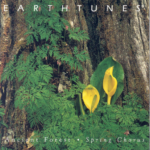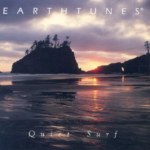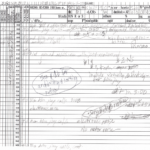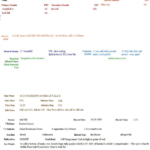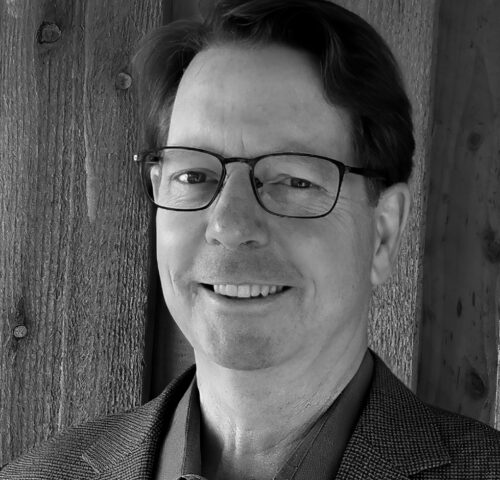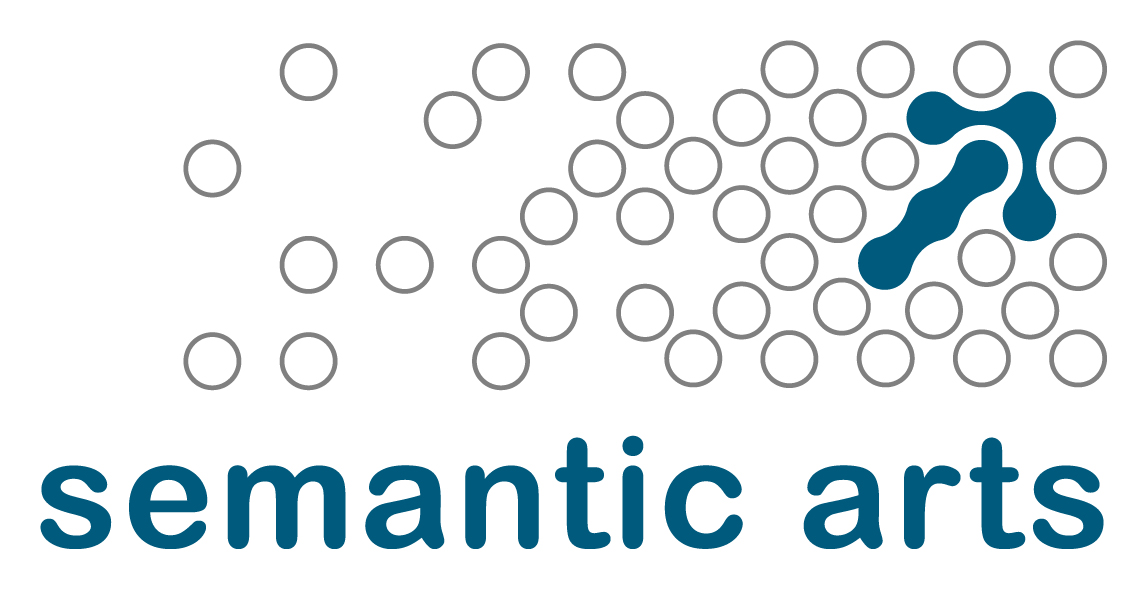In 1986 I started down a path that, in 2019, has made me a fledgling Data-Centric revolution practitioner. My path towards the Data-Centric revolution started in 1986 with my wife and I founding two micro-businesses in the music and micro-manufacturing industries. In 1998 I put the music business, EARTHTUNES, on hold and sold the other; then I started my Information Technology career. For the last 21 years I’ve covered hardware, software, network, administration, data architecture and development. I’ve mastered relational and dimensional design, working in small and large environments. But my EARTHTUNES work in 1994 powerfully steered me toward the Data-Centric revolution.
In early 1994 I was working on my eighth, ninth and tenth nature sound albums for my record label EARTHTUNES. (See album cover photos below.) The year before, I had done 7 months’ camping and recording in the Great Smoky Mountains National Park to capture the raw materials for my three albums. (To hear six minutes of my recording from October 24, 1993 at 11:34am, right-click here and select open link in new tab, to download the MP3 and PDF files—my gift to you for your personal use. You may listen while you finish reading below, or anytime you like.)
In my 1993 field work I generated 268 hours of field recordings with 134 field logs. (See below for my hand-written notes from the field log.)
Now, in 1994, I was trying to organize the audio recordings’ metadata so that I could select the best recordings and sequence them according to a story-line across the three albums. So, I made album part subtake forms for each take, each few-minutes’ recording, that I thought worthy of going on one of the albums. (See the image of my Album Part Subtake Form, below.)
I organized all the album part subtake forms—all my database metadata entries—and, after months of work, had my mix-down plan for the three albums. In early summer I completed the mix and Macaulay Library of Nature Sound prepared to publish the “Great Smoky Mountains National Park” series: “Winter & Spring;” “Summer & Fall;” and “Storms in the Smokies.”
The act of creating those album part subtake forms was a tipping point towards my becoming a Data-Centric revolution practitioner. In 1994 I started to understand many of the principles defined here and in chapter 2 of Dave McComb’s “The Data-Centric Revolution: Restoring Sanity to Enterprise Information Systems” . Since then I have internalized and started walking them out. The words below are my understandings of the principles, adapted from the Manifesto and McComb’s book.
- All the many different types of data needed to be included: structured, semi-structured, network-structured and unstructured. Audio recordings and their artifacts; business and reference data; and other associated data, altogether, was my invaluable, curated inter-generational asset. These were the only foundation for future work.
- I knew that I needed to organize my data in an industry-standard, archival, human-readable and machine-readable format so that I could use it across all my future projects, integrate it with external data, and export it into many different formats. Each new project and whatever applications I made or used would depend completely upon this first class-citizen, this curated data store. In contrast, apps, computing devices and networks would be, relative to the curated data, ephemeral second-class citizens.
- Any information system I built or acquired must be evolve-able and specialize-able: they had to have a reasonable cost of change as my business evolved; and the integration of my data needed to be nearly free.
- My data was an open resource that must be shareable, that needed to far outlive the initial database application I made. (I knew that a hundred or so years in the future, climate change would alter the flora and fauna of the habitats I had recorded in; this would change the way those habitats sounded. I was convicted that my field observation data, with recordings, needed to be perpetually accessible as a benchmark of how the world had changed.) Whatever systems I used, the data must have its integrity and quality preserved.
- This meant that my data needed to have its meaning precisely defined in the context of long-living semantic disciplines and technologies. This would enable successive generations (using different applications and systems) to understand and use my lifework, enshrined in the data legacy I left behind.
- I needed to use low-code/no-code as much as possible; to enable this I wanted the semantic model to be the genesis of the data structures, constraints and presentation layer, being used to generate all or most data structures and app components/apps (model-driven everything). I needed to use established, well-fitting-with-my-domain ontologies, adding only what wasn’t available and allowing local variety in the context of standardization (specialize-able and single but federated). (Same with the apps.)
From 1994 to the present I’ve been seeking the discipline and technology stacks that a handful of architects and developers could use to create this legacy. I think that I have finally found them in the Data-Centric revolution. My remaining path is to develop full competence in the appropriate semantic disciplines and technology stacks, build my business and community and complete my information system artifacts: passing my work to my heirs over the next few decades.
Article By Jonathon R. Storm
Jonathon works as a data architect helping to maintain and improve a Data-Centric information system that is used to build enterprise databases and application code in a Data-Centric company. Jonathon continues to, on weekends, record the music of the wilderness; in the next year he plans to get his first EARTHTUNES website online to sell his nature sound recordings: you can email him at [email protected] to order now.
